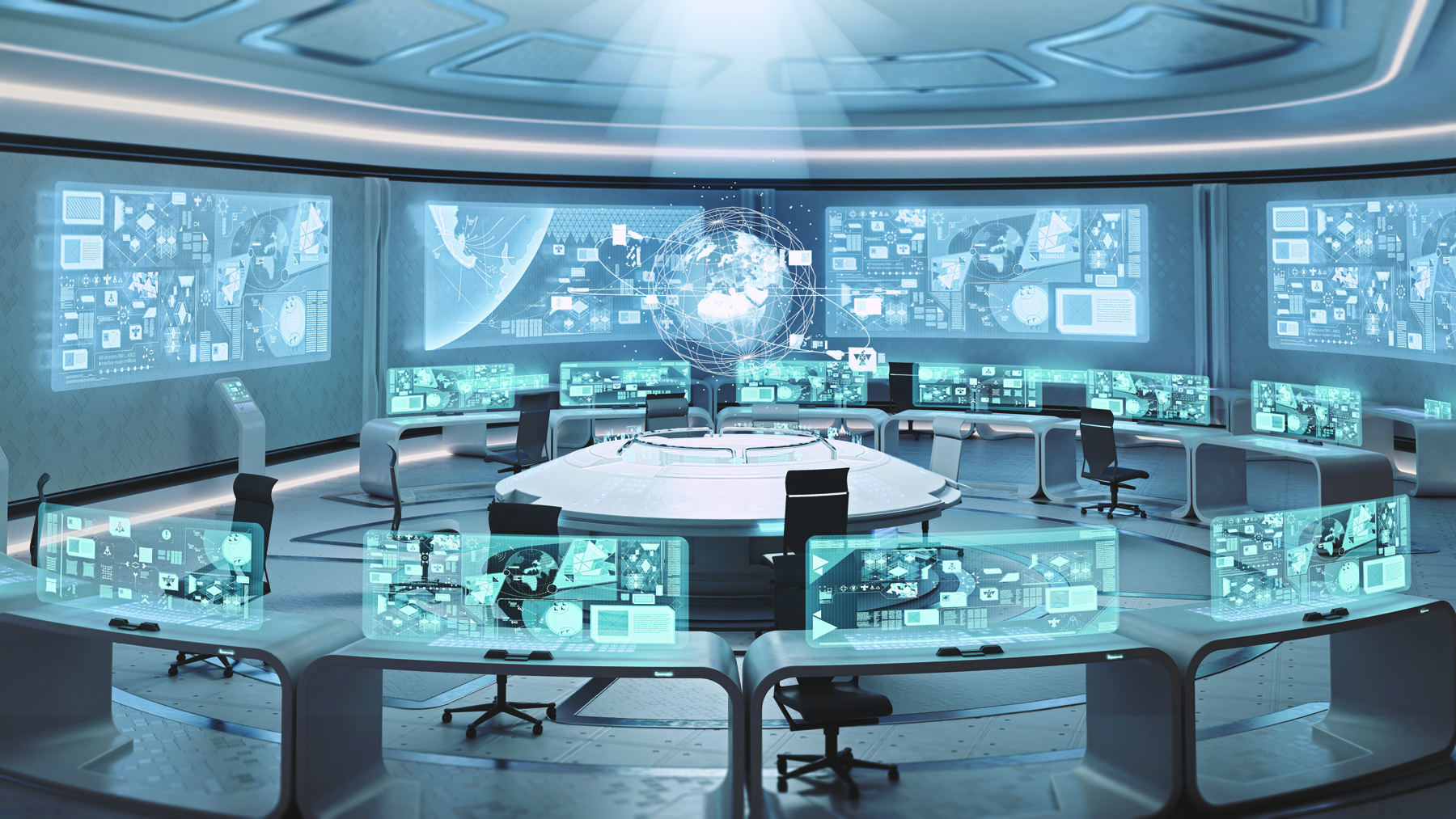When you start looking at the digital evolution of devices and technologies over the past 10 years there is one overarching topic: Technology & Device convergence!
A convergence is when two or more distinct things come together. Technology convergence is when different forms of technologies coexist in a single device, sharing resources and interacting, creating new technology and convenience. This simplistic definition is only the tip of the iceberg however because technology convergence is technical and functional. Two of the most common examples of convergence are taking pictures with a mobile phone — which combines the functionality of a camera and a telephone — and surfing the web on television, which brings a task normally associated with a computer to a TV. This trend was kicked off by the invention of the iPhone and some still argue, that Apple is still the master of consumer technology convergence.
Technology & device convergence is influencing users to accept new concepts and technologies more easily. Take something people know – let’s say a TV – and add video on demand. Rather than just watching it in your laptop people are now widely accepting the possibility to watch VoD rather than broadcast TV. Convergence pushes alliances between once isolated industries such as TV manufacturers, device manufacturer, and online video rentals.
A similar convergence happens in the mobile and desktop industry. Innovations like Samsung DeX are giving us a glimpse of the future of the workspace by creating a phone that can support a keyboard, mouse, and monitor. Essentially your phone with a docking station instantly becomes a complete computing solution for your desk. The monitor shows a full-screen desktop with Android apps, while the Galaxy S8 itself becomes a thin client for your workspace.
Add a VDI DeX client like tocario’s Dex optimized Android client (or VMware Workspace ONE) and you have a full feature thin client sitting in your pocket, where ever you go allowing you to access your corporate desktop and applications anywhere and any time.
This is a very good example of client device convergence by combining your phone (you will carry with you anyways) with a docking station and smart software technology to build a lean and intelligent B2B solution. For companies, the economics of making the enterprise smartphone the primary computing device for employees is very compelling.
Based on this idea tocario also implemented an iOS client that enables any iPhone or iPad to become a mobile workspace client including mouse and keyboard support as well as streaming to a screen via Airplay. As added functionality, the screen of the iPhone becomes a trackpad for a lean desk setup.
The benefits of convergence may be obvious. Everyone seems to approve when innovation makes our lives easier and saves lives, and when new technology allows us to do more with less. The benefits of technology convergence include:
- Time-saving and cost-saving devices
- Improving productivity and performance
- Allows and encourages new ways to communicate
- Encourages new product acceptance, as some of the functions are already well-known
- Less siloed information with digital data needs solutions to safeguard corporate data
- A single piece of technology simply does more and one set of infrastructure is cheaper to operate
- Different price points can be addressed with essentially the same technology
- Accessing workspaces and data on a wide range of devices
As client device convergence increases we will see higher adoption of Cloud Workspaces progressing into peoples lives. From an enterprise standpoint of view mobile device management, secure data stores and cloud workspaces to access the corporate workspace will be the standard set of applications rolled out to every employee.



 Cross-generational workplace management and administration
Cross-generational workplace management and administration

